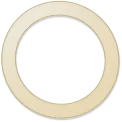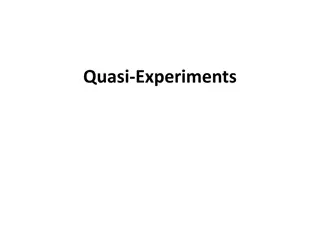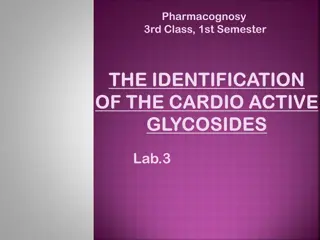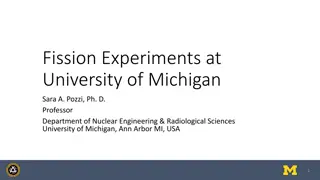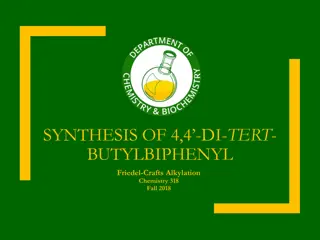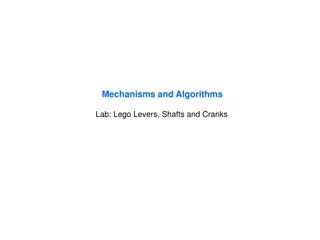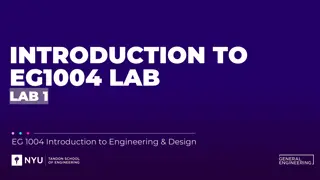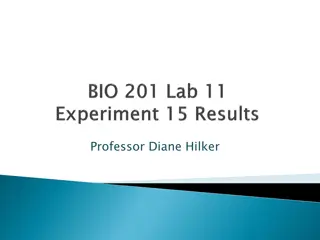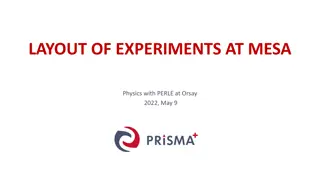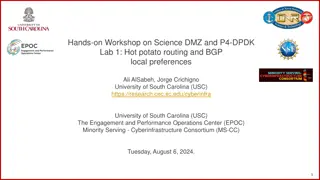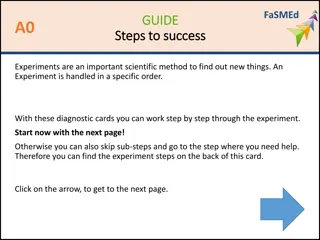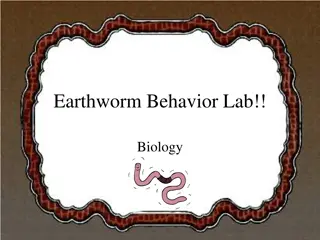Lab Experiments for Enhanced Learning Experience
Delve into the world of scientific exploration with engaging lab experiments. The hands-on experiences provided in this content will spark curiosity and deepen understanding. Discover new concepts through practical application and foster a love for learning. Engage in immersive activities that promote critical thinking and problem-solving skills. Elevate your education with interactive experiments that bring science to life, encouraging active participation and meaningful discoveries.
Uploaded on Mar 05, 2025 | 0 Views
Download Presentation

Please find below an Image/Link to download the presentation.
The content on the website is provided AS IS for your information and personal use only. It may not be sold, licensed, or shared on other websites without obtaining consent from the author.If you encounter any issues during the download, it is possible that the publisher has removed the file from their server.
You are allowed to download the files provided on this website for personal or commercial use, subject to the condition that they are used lawfully. All files are the property of their respective owners.
The content on the website is provided AS IS for your information and personal use only. It may not be sold, licensed, or shared on other websites without obtaining consent from the author.
E N D
Presentation Transcript
Lab Lab - -3 3- -
1. The Hanging-Drop Preparation; Since you have been oriented to some basic tools and methods used in microbiology, we shall begin our study of microorganisms by learning how to prepare them for study of their morphology under the microscope. The simplest method for examining living microorganisms is to suspend them in a fluid (water, saline, or broth) and prepare a ''hanging drop,'' using a cover glass and a hollow ground slide. The slide is ground with a concave well in the center; the cover glass holds a drop of the suspension. When the cover glass is inverted over the well of the slide, the drop hangs from the glass in the hollow concavity of the slide. Microscopic study of such a wet preparation can provide very useful information. Primarily the method is used to determine whether an organism is motile or not. Such a slide can be observed for a fairly long time period, because the drop does not dry up quickly.
Objective : To observe bacteria in a wet mount and determine their motility. Materials 24-hour broth culture of Proteus vulgaris 24-hour broth culture of Staphylococcus epidermidis. 2 hollow-ground slide Several cover glasses Wire inoculating loop Bunsen burner China-marking pencil Petroleum jelly
cover glass Bacterial suspension petroleum Hollow ground slide concave well
Site of flagella Peritrichous (E.coli) Monotrichous ( Vibrio cholerae)
Site of flagella Lophotrichous (pseudomonas) amphitrichous (Spirillum volutans)
1-True movement (depends on flagella) 2- False movement. A- Brownian movement - Vibratory movement B- Drafting movement - organisms streaming along a tide
1- Flagella staining. 2- Motility test in semi-solid media. 3- Hanging drop technique.
1- Flagella staining Rosanalin dye silver nitrate + ferric tannate
The most commonly used test for motility in microbiology lab. It depends on the ability of motile bacteria to move through semi-solid media. Ordinary solid media contain 1.5-2.0% Agar Semi solid media contain about 0.4% Agar
Procedure of Motility Test How to Perform Test: Using a sterile bacteriological needle, pick a colony of the test organism Stab quickly a tube of semi solid media. (avoid using bent needles). Incubate the semi solid media for 24 hours
Reading Results: If bacteria is motile, there will be growth going out away from the stab line, and test is positive. If bacteria is not motile, there will only be growth along the stab line. A colored indicator can be used to make the results easier to see.
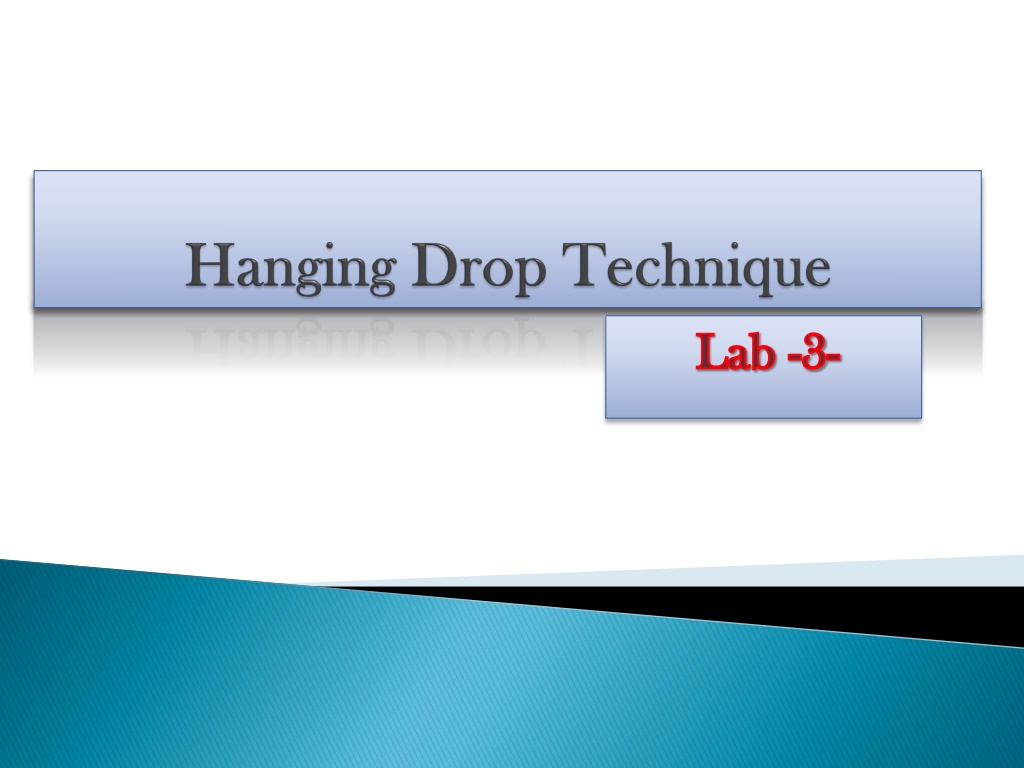
 undefined
undefined





